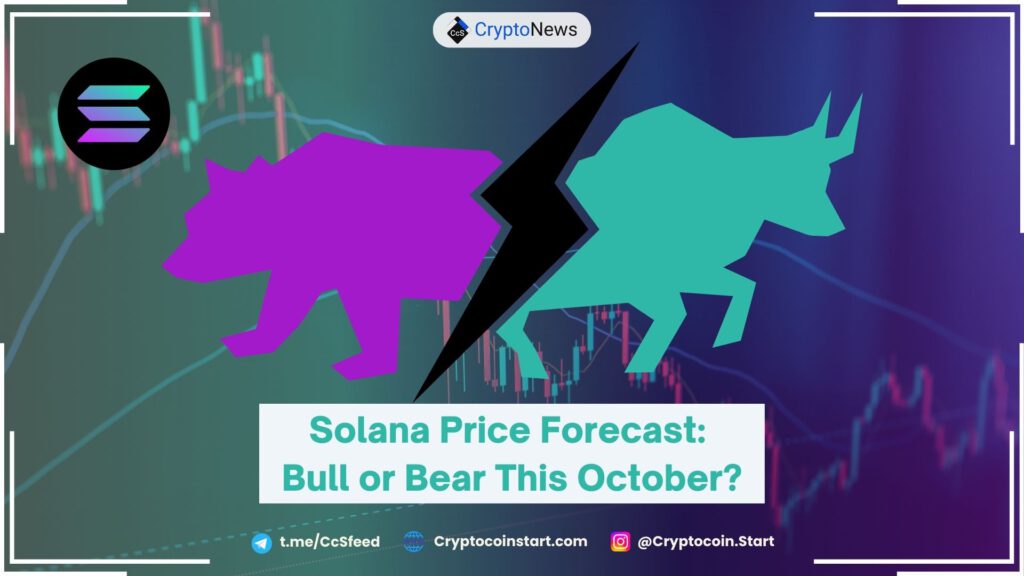
How has the Solana Price Moved Recently?
As of today, Solana is priced at $140.03, with a 24-hour trading volume of $12.28 billion, a market cap of $65.67 billion, and a market dominance of 3.06%. Over the last 24 hours, SOL’s price has risen by 1.98%.
Key price statistics include:
- All-time high: $259.52 (November 6, 2021)
- All-time low: $0.503701 (May 11, 2020)
- Cycle low: $8.12
- Cycle high: $208.75
Currently, the sentiment around Solana’s price forecast appears bearish, with the Fear & Greed Index standing at 41, indicating a state of fear in the market.
Solana’s circulating supply is 468.98 million SOL, with a maximum supply of 533.68 million SOL. The yearly supply inflation rate is currently 13.43%, with an additional 55.54 million SOL minted over the past year.
Will Solana (SOL) Price Drop Further?
Solana (SOL) has been performing well within the decentralized finance (DeFi) landscape, maintaining strong momentum in market share and transaction volume. As indicated by DeFi Llama, Solana’s ecosystem has experienced a weekly volume increase of 46%, reaching $9.25 billion. This positions Solana as a strong contender right behind Ethereum, the leader in the DeFi space.
A significant portion of this growth stems from Raydium, which has seen a 71% surge in volume to $4.3 billion. Other platforms in the Solana ecosystem, like Orca, Phoenix, and Lifinity, are also contributing substantially to the network’s transaction volume, indicating healthy growth and activity.
Moreover, the total value locked (TVL) within Solana has risen to over $5.06 billion, marking its highest point since 2022. With six major networks reaching a combined TVL of over $1 billion, Solana’s DeFi ecosystem is proving robust and thriving.
Despite this strong performance, Solana’s price movement is currently influenced by macroeconomic factors and geopolitical events rather than its on-chain metrics. The ongoing sell-off is largely a reaction to the escalating geopolitical tensions, notably the news about Israel considering military action against Iran.
This scenario can result in market instability, adversely affecting the broader cryptocurrency market, including Solana. In light of these factors, Solana’s near-term price could face further downward pressure. While the ecosystem fundamentals are strong, external geopolitical risks and market sentiment play a significant role in price movements.
Solana Price Prediction: Bull or Bear in October?
Solana has demonstrated a remarkable performance over the last year, with its price surging by an impressive 510%. This growth has outpaced 92% of the top 100 crypto assets, positioning Solana as a standout performer in the broader crypto market. Even when compared to the industry giants like Bitcoin and Ethereum, Solana has exhibited superior returns, underlining its appeal as a high-growth asset within the space.
Furthermore, the token has had a strong track record in recent months, with 16 green days in the last 30, suggesting consistent bullish sentiment despite current market fluctuations.
However, Solana is currently trading below its 200-day simple moving average (SMA), typically a bearish indicator signaling that the asset may face continued downward pressure in the near term.
Given these mixed indicators, the price direction for Solana in October is balanced between bullish and bearish factors:
- Bullish Factors:
- Impressive 1-year growth and outperformance of top crypto assets.
- Increased weekly volume in its DeFi ecosystem.
- Rising total value locked (TVL).
- Bearish Factors:
- Trading below the 200-day SMA.
- External macroeconomic factors like global geopolitical tensions.
- Potential inflation concerns leading to sell-offs.
Overall, while Solana’s long-term growth prospects remain strong, October’s outlook appears mixed. It could be a month of consolidation, with short-term bearish tendencies counterbalanced by the token’s strong fundamentals and potential for recovery if external conditions improve. Therefore, Solana’s performance in October will likely depend on how these factors play out, potentially leading to either a cautious bull or continued bear trend for the month.

